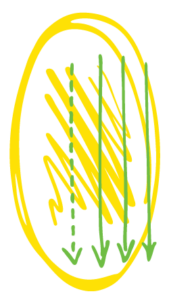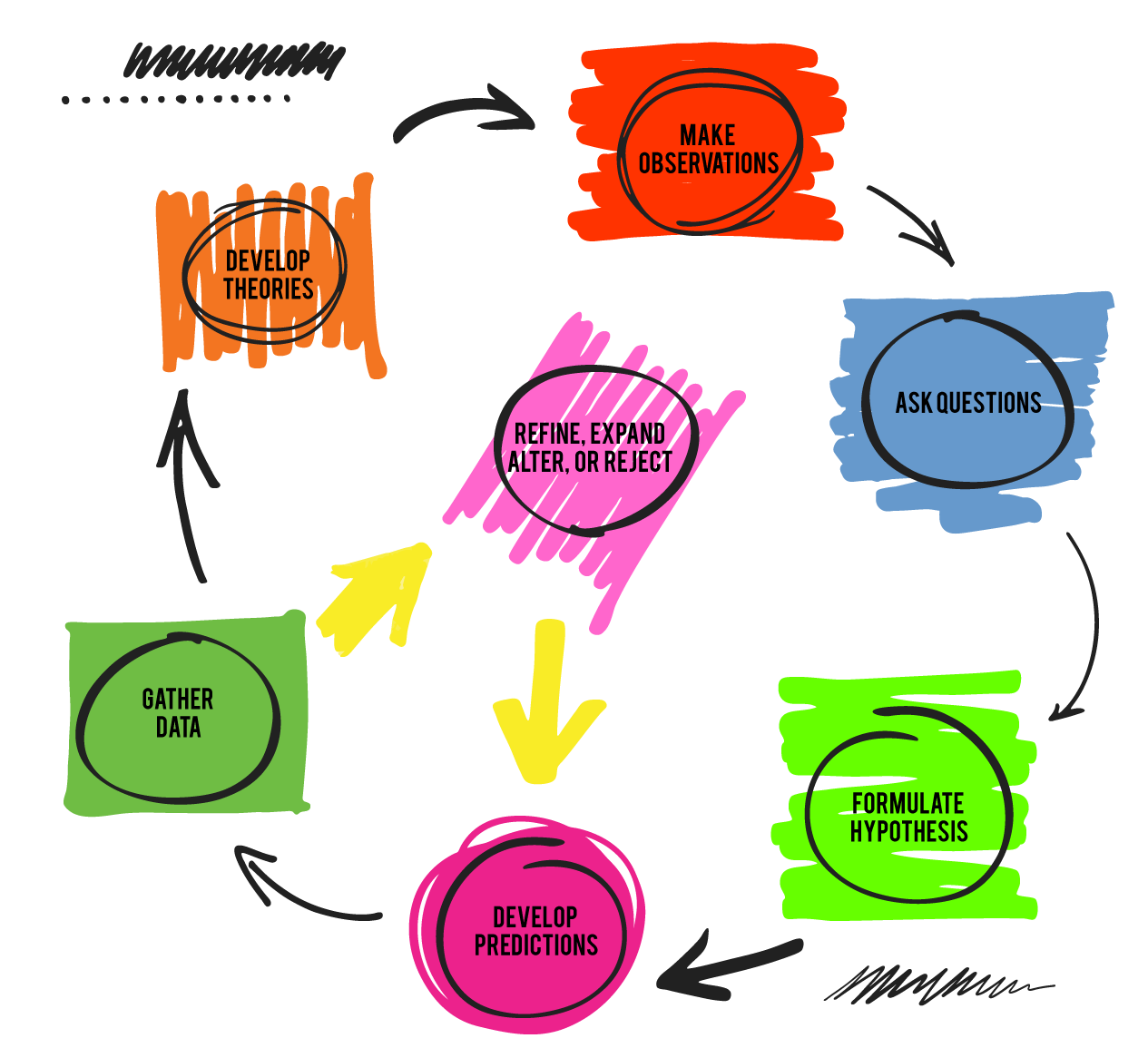Introduction
Ok, so you’re here. You’re reading this ebook that you got from that interesting-if-not-slightly-obscure agency that caught your eye, and thinking to yourself, “At least the images are fun.” But we’re going to guess the reason you came across this ebook is a) you’re new to your marketing role and you need a few proof points before being able to carve out the time to build customer personas, b) your client asked for personas and it’s not something you’ve done, or c) something else entirely… whatever the case may be, we’re glad you’re here.
The good news is that all of the cool kids are doing it. The even better news is that after you’re done with this handy, dandy ebook, you’re going to be better at it than your fellow marketers. Whether you use this resource as a way to bandy about your superior persona creation skills by way of understated humblebrags at work parties or you simply hope to pass along your knowledge magnanimously, we got you, boo.
Plus, you know what really sells most companies on personas (or anything, really)? The words “data-driven”. Leadership loves that phrase.
Happy reading!
Maureen Jann
Co-Founder + Chief Marketing Strategist
NeoLuxe Marketing


What data do you need to start building a persona?
Good personas use data to help drive the creation of your ideal (i.e.most profitable and strategic) customer. Great personas combine the power of personal narratives and data to develop a robust picture that will serve your whole dang company.

Know Your Organization
This is the part where you need to do a little research and get alignment on your organization. You'll need to understand things like:
- What audience(s) you sell to;
- Which customers are the most profitable;
- Who influences customer decisions;
- Seasonal trends (if applicable), and;
- Who refers business to you.
Of course, you need a handy way to organize all this information. Try our super awesome spreadsheet:

Know Your Competitors
You need to have a solid sense of what other people are doing in your industry. And we mean really get granular. Try to figure out things like:
- What they sell;
- How they market themselves;
- Who their market is;
- Their brand voice and tone;
- The size of their organization, and;
- Who runs the place.
Much of this information can be gleaned from their website and public presence. Go play detective and jot it all down here:
Put It All Together
Now that you know all of the things. What’s next? Identify patterns and organize! Put on your sociologist hat and dig deep. Think about the fundamental human truths that could help you build your messaging. We like to ask WHY over and over...


Seriously, though… you should try it. Ask yourself, “Why?” five times and you’re likely to land on the basic humanity that is driving your customer's decisions.
For every nugget of truth you uncover, consider that a persona bucket. Are they driven by fear? Are they driven by accomplishment? Bucket it!
Then, further segment by situation. Are they the main decision-maker for household products but no one seems to like what they buy? Are they managing a project where they have no authority over people? Are they tired of buying cheap stuff and want to invest in quality this time?
Organization Time!
Put together the data in this handy fill-in-the-blank format. Do this once for each profile you identify.
What do they do?

What problem do they need solving?

Why is that a problem
for them?

Do any of their demographics impact their buying decisions? Which ones?

What do they buy?

When do they buy?

Who do they need to consult when they buy?

How does your solution fix their problem better than anyone else?

Persona Formats
So, you have a ton of cool information. But it's in a long, hard-to-read list that no one will use, Not unless we spruce it up a bit. No worries; we’ve got you covered. Here are three different formats for your personas.
Narrative Persona
This format is focused on the person's story. Use the information you learn about your customer through data and interviews to paint a human picture of them.


General Store Persona
This is the Jack-of-all-Trades of persona formats. It’s great for those with a heavy advertising approach because they can use extended demographics, as well as insights around their customer’s online and offline behavior to better target them.
Personal Passion Persona
A more philosophical approach, this persona format offers a deeper understanding of the person behind the decision. By aligning with the customer's needs, your organization can better prioritize time and energy.


Want More Insights? No problemo.
We have a little email program we call One-Tip Wonders. One tip a day for a year. No selling. Just useful information to help you do your job better.
